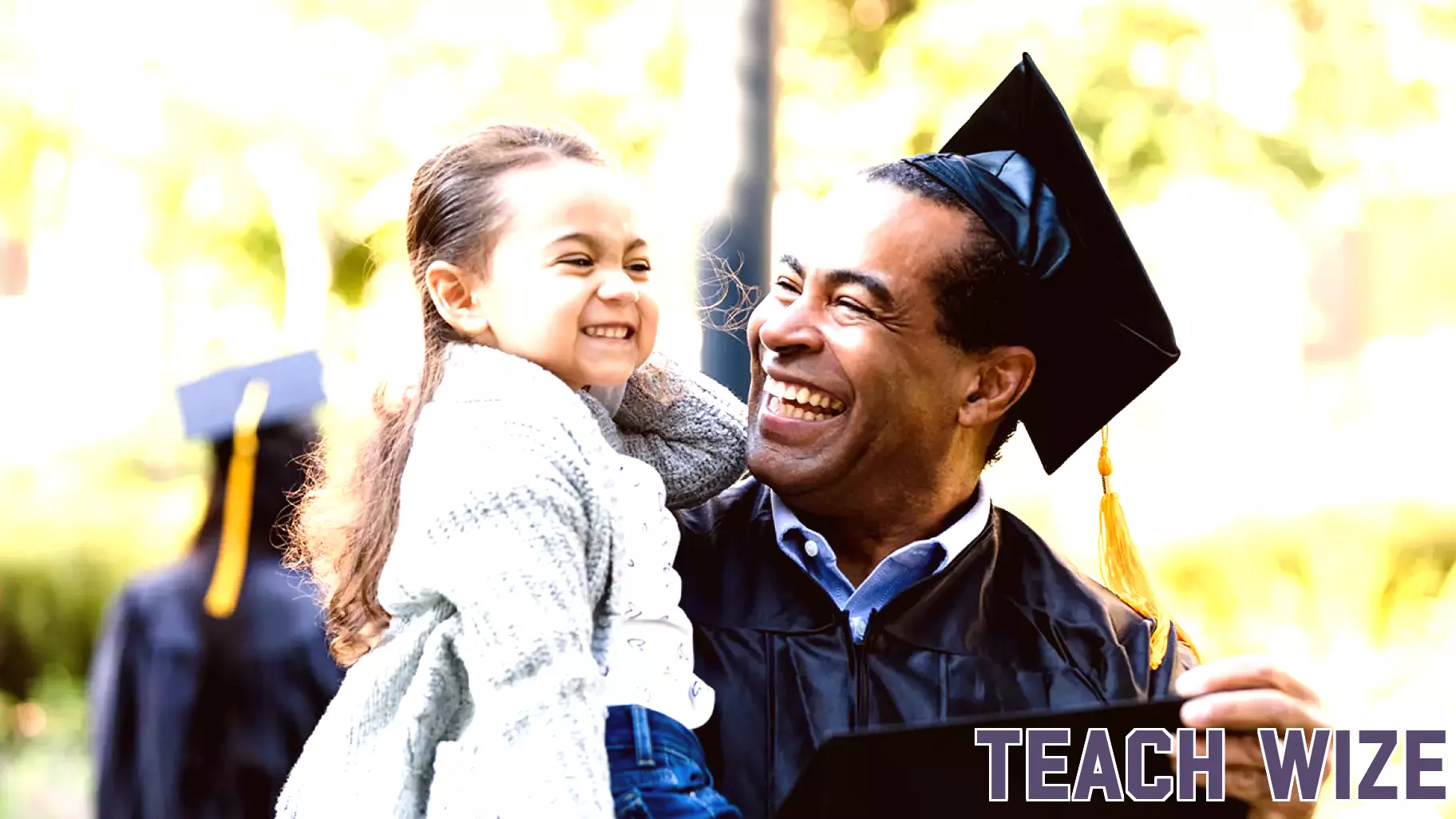The Rise of Nontraditional Students in Higher Education
January 16, 2025 - 13:46

Nontraditional students—those who are older, juggling jobs and family responsibilities, or not entering college directly from high school—now represent the majority of college enrollees. This shift in demographics highlights a pressing need for educational institutions to adapt to the unique challenges faced by these learners.
Unlike traditional students, nontraditional learners often require flexible scheduling, alternative learning formats, and tailored support services. However, many colleges and universities remain structured around the needs of younger, full-time students, leaving nontraditional learners at a disadvantage.
As higher education grapples with declining enrollment numbers and evolving workforce demands, it becomes increasingly vital for institutions to reevaluate their approaches. By implementing more inclusive policies and resources, colleges can better serve this growing population, ensuring that nontraditional students have equitable access to education and the opportunity to succeed. The time has come for higher education to embrace this transformation and recognize that what was once considered an exception is now the norm.
MORE NEWS

December 24, 2025 - 00:51
A Reflection on Nonprofit, Health, and Education Achievements in Upstate South Carolina for 2025Here`s a look back on some nonprofit, health, and education highlights across Upstate South Carolina from 2025. Throughout the year, various organizations made significant strides in addressing...

December 23, 2025 - 09:29
Florida Education Commissioner Demands Accountability from Clay County School Board MemberA controversial social media post by a member of the Clay County School Board has drawn sharp criticism from the Florida Commissioner of Education. On Monday, the commissioner publicly called for...

December 22, 2025 - 19:24
National Education Association's Spending Priorities QuestionedIn a striking revelation, only 10 cents of every dollar spent by the National Education Association (NEA) in 2025 was allocated to representing teachers. This significant statistic raises concerns...

December 22, 2025 - 19:01
2025 Medical Education OverviewIn 2025, a significant effort was made to provide high-quality and accessible continuing medical education to physicians throughout Michigan. A total of 308 physicians participated in one of four...